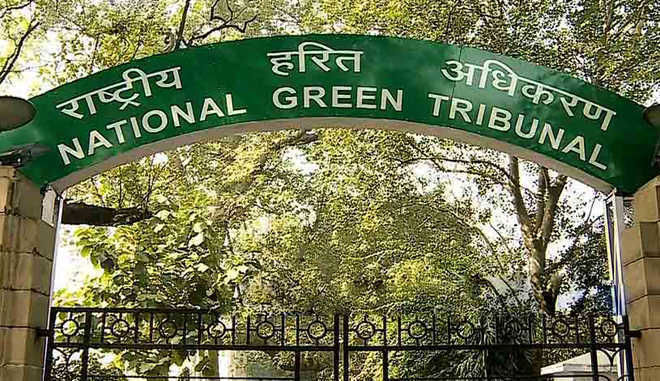No basis to blame farm fires in Punjab for Delhi smog: NGT member
Neeraj Mohan
New Delhi, July 2
National Green Tribunal (NGT) member Justice Sudhir Agarwal has voiced his scepticism over the widely held belief that stubble burning in Punjab significantly contributes to Delhi’s air pollution, emphasising the lack of scientific evidence to substantiate the claim.
“Neither is there a scientific study to establish this claim, nor is it practical to prove that smoke from Punjab is causing pollution in Delhi,” said Justice Agarwal at the “Conference on Environment-Friendly Paddy Cultivation”. He called for a thorough research to determine the actual causes of the air pollution in the region.
Highlighting the “injustice” faced by farmers, he argued, “Blaming farmers, registering cases against them and imposing penalties is very unjust. Most farmers are uneducated and changing their mindset will take time. Instead of penalising them, there is need to visit every village and hold awareness campaigns.”
Known for his landmark judgment in the Ram Janmabhoomi-Babri Masjid case, Justice Agarwal said farmers had a crucial role to play in environmental conservation. “Environment is directly linked to agriculture. So, it’s their responsibility to maintain greenery,” he said, stressing the importance of surface soil and sustainable farming practices.
Reflecting on his tenure at the NGT, Justice Aggarwal said, “Since I joined the tribunal three years ago, I was told that stubble burning causes pollution…. About 20-25 years ago, air pollution was not attributed to stubble burning. Blaming farmers for every issue is beyond my understanding.”
He questioned the geographical plausibility of the claim, noting, “Punjab is not attached to Delhi’s border geographically… How does the smoke from Punjab then reach Delhi directly and pollute the air without affecting other regions?”
Justice Agarwal sought attention to the wind patterns, saying, “For the smoke to reach Delhi, the air flow direction should be north to south, which is very rare, according to the Meteorological Department. The smoke from stubble burning needs wind velocity to carry it and Delhi’s air flow cannot push its own smoke to Ghaziabad. Moreover, tests reveal that Delhi’s air pollution has higher oil content whereas the paddy residue is biodegradable with negligible oil content. So, what is the source of the oil content in Delhi’s air pollution?”
Senior advocate HS Phoolka said Punjab and Haryana, known as the country’s food bowl, may face severe groundwater crisis if timely conservation measures were not taken. He said diversification efforts had failed to yield the desired results.









